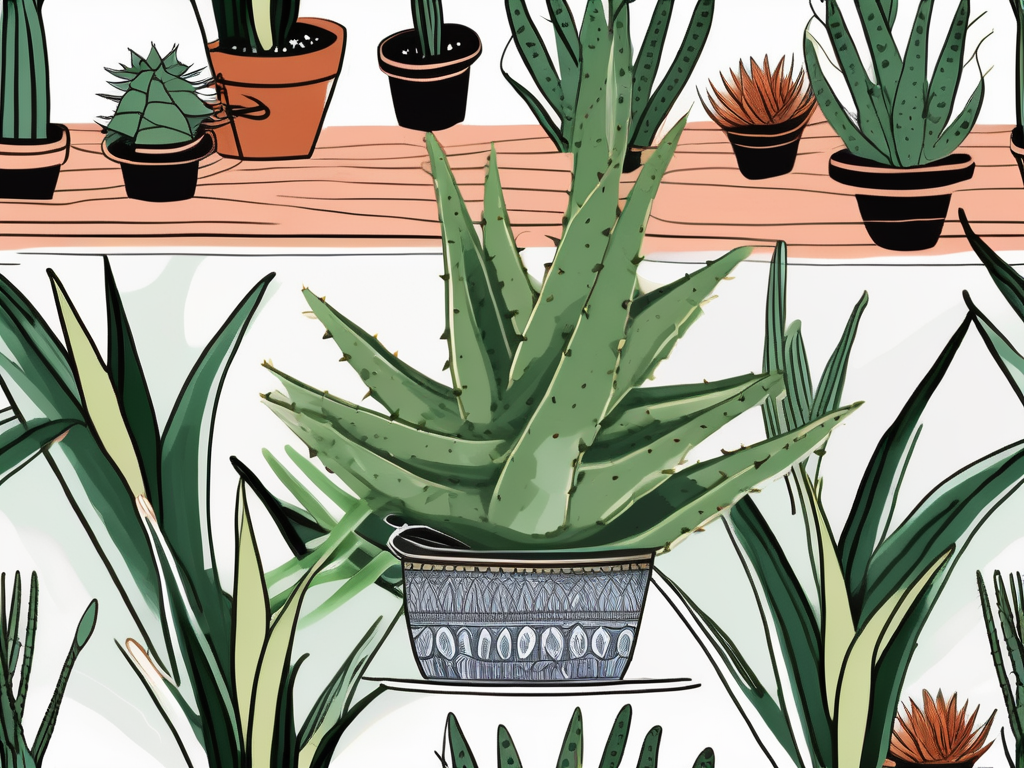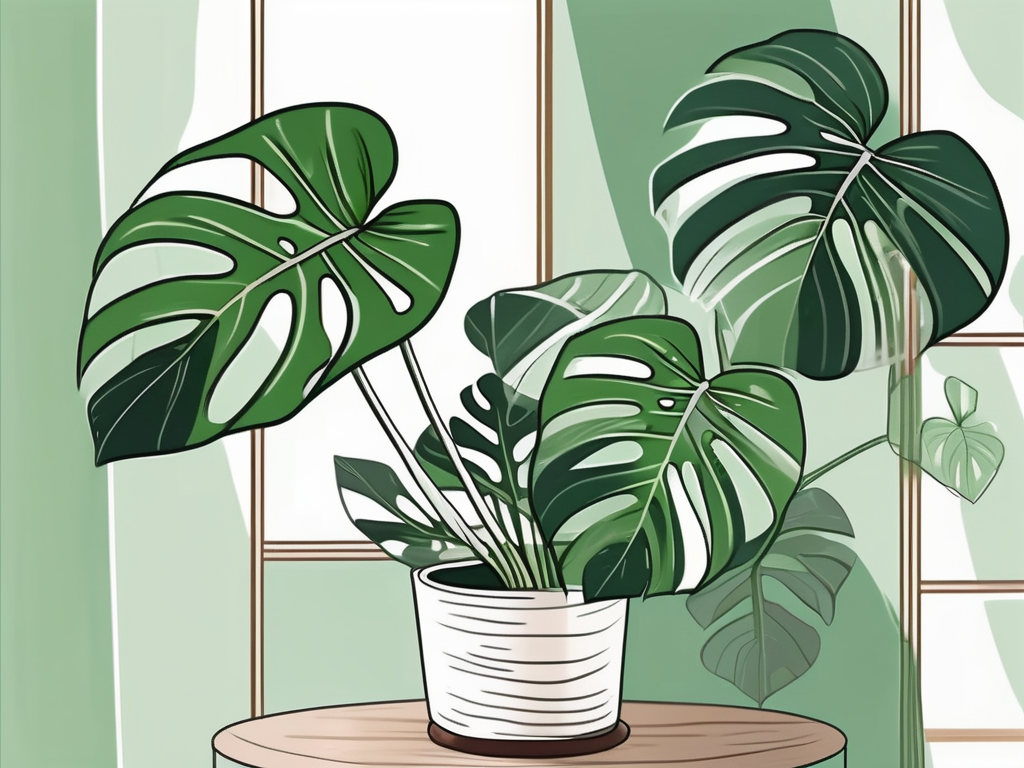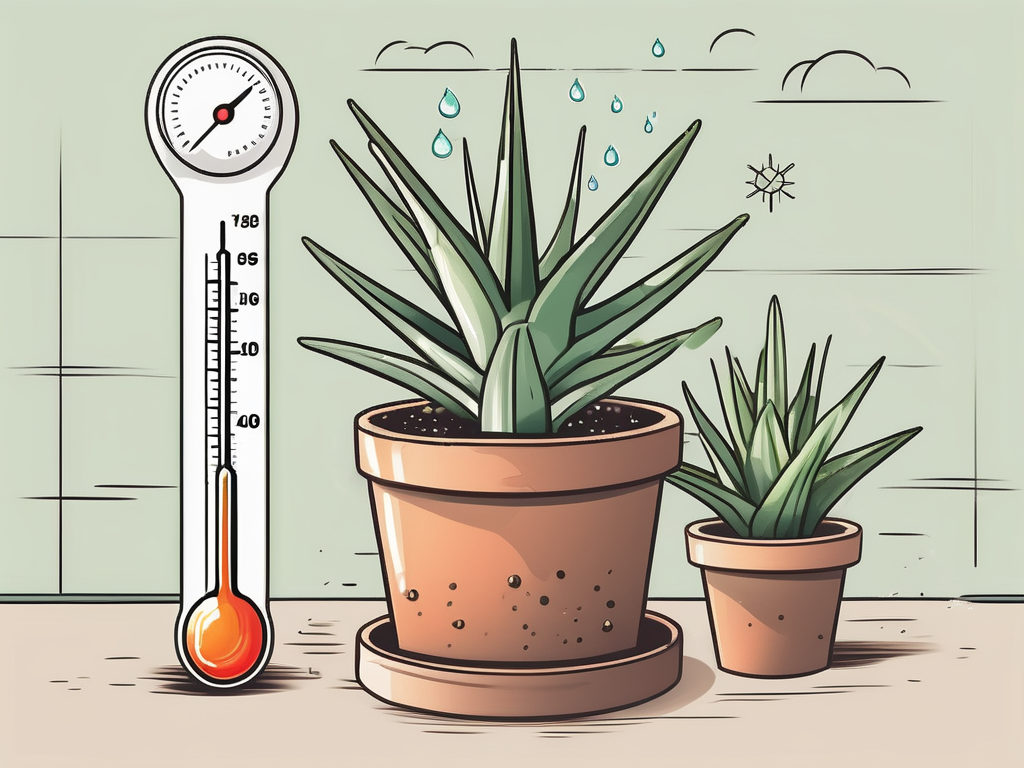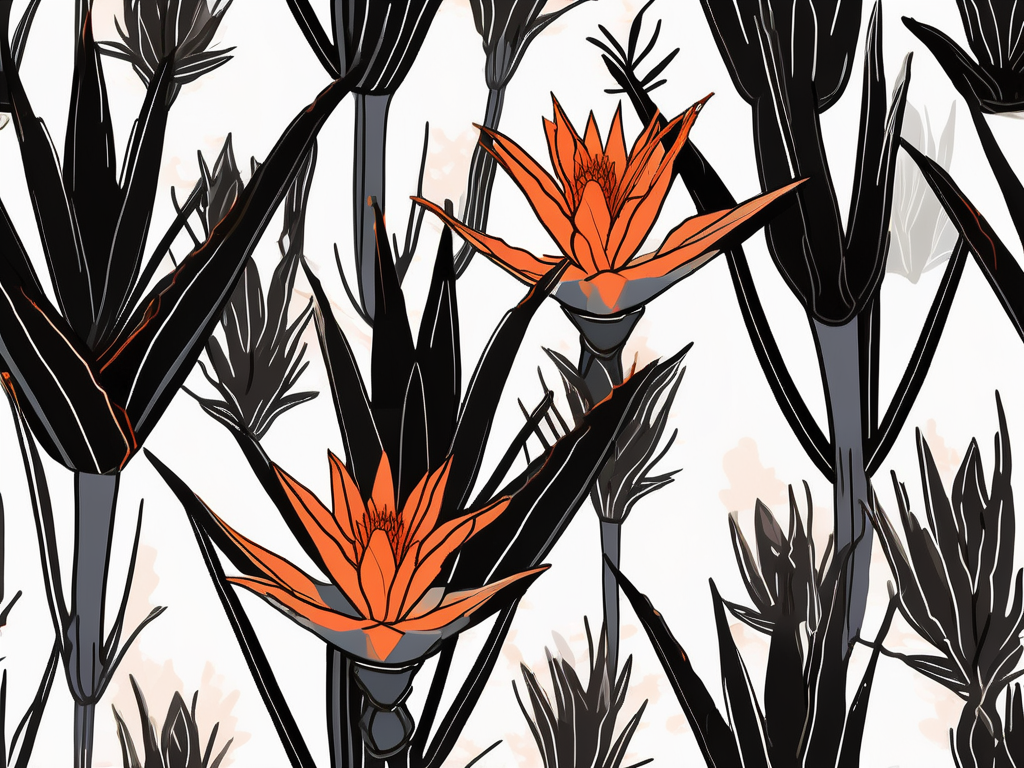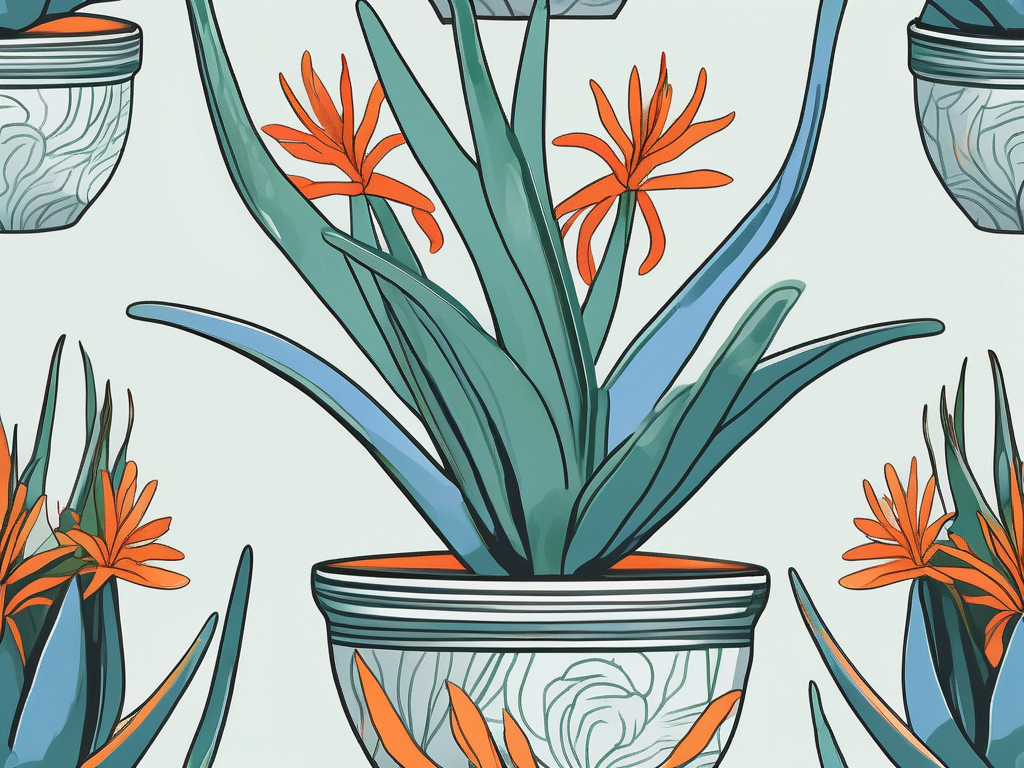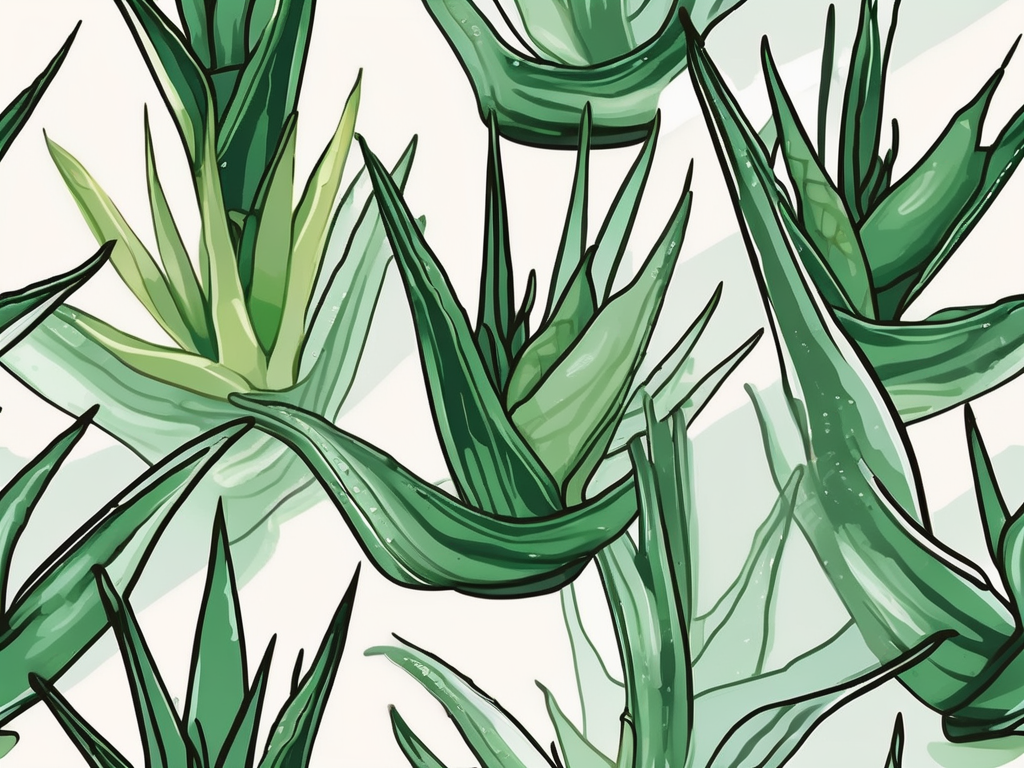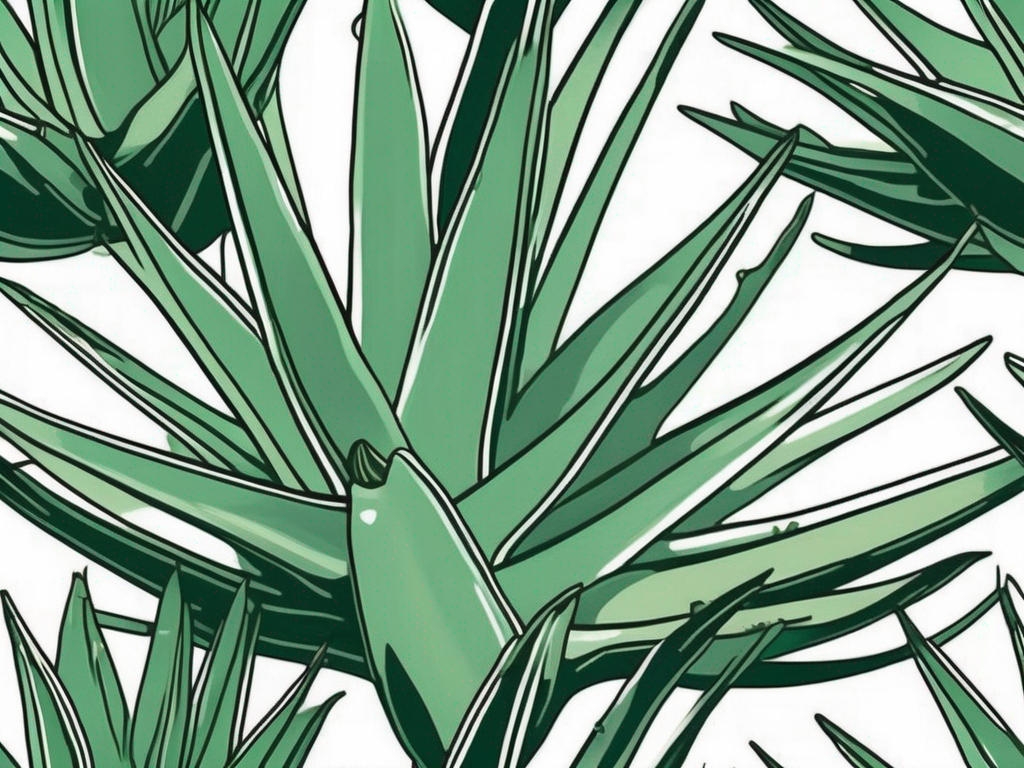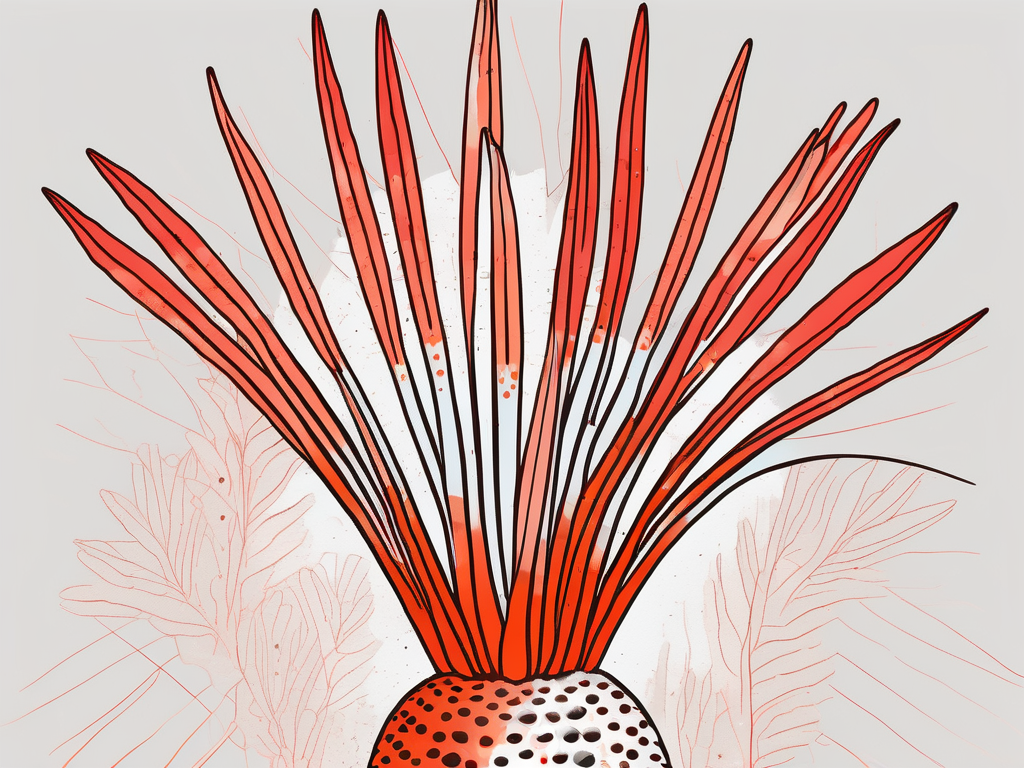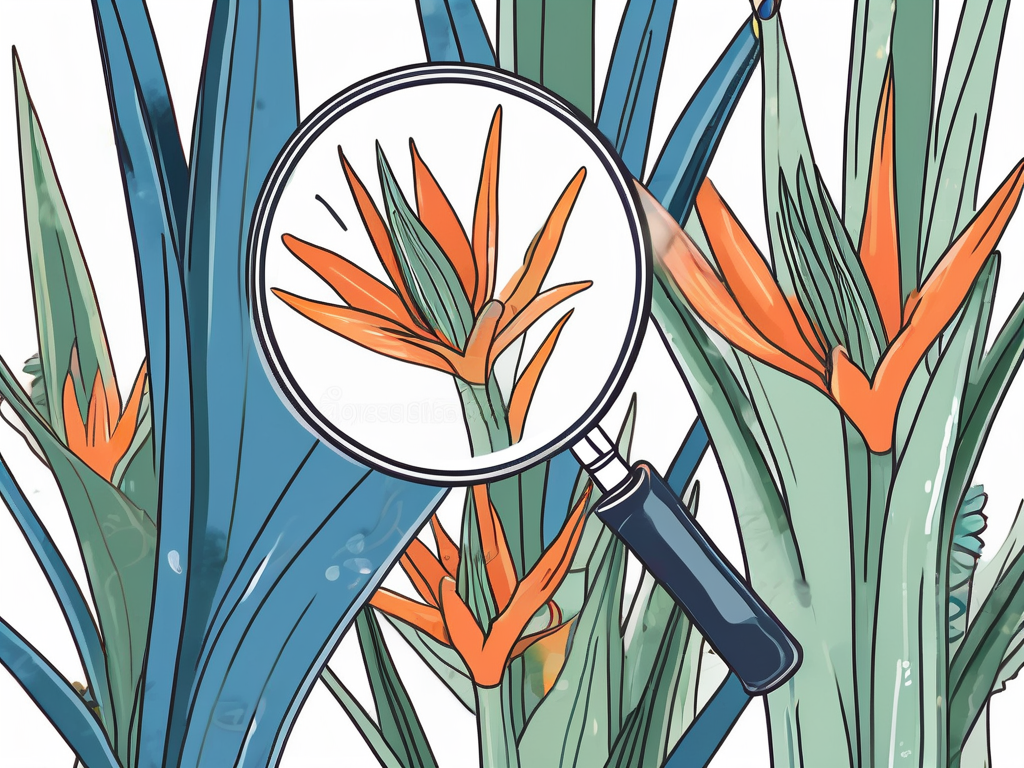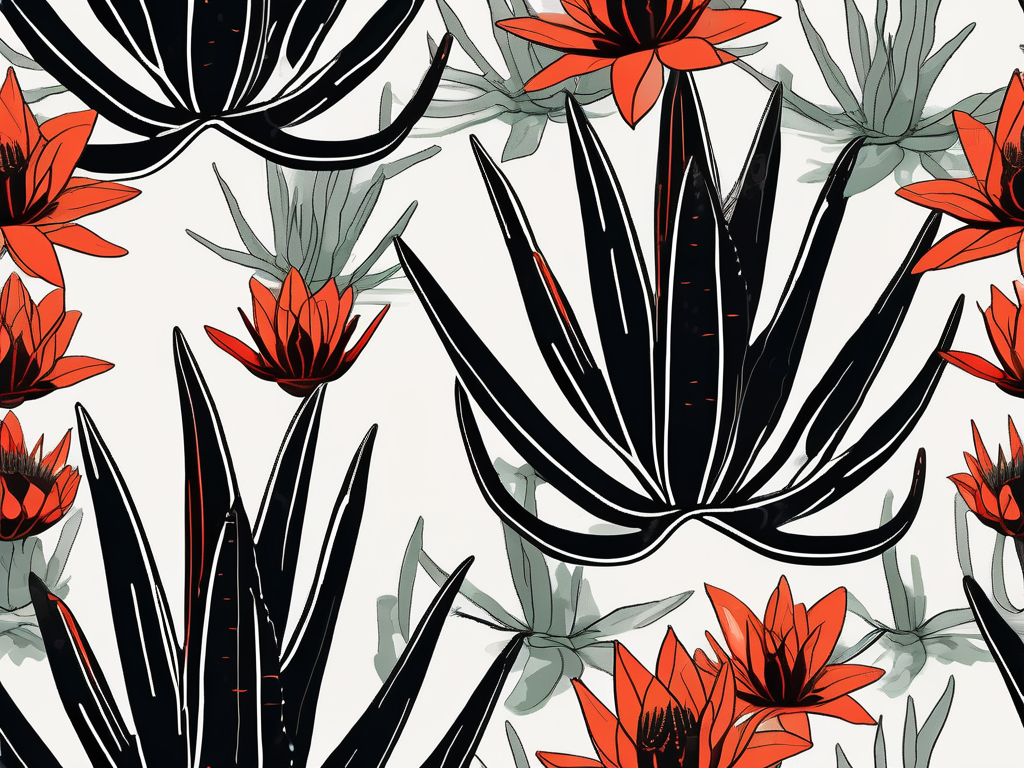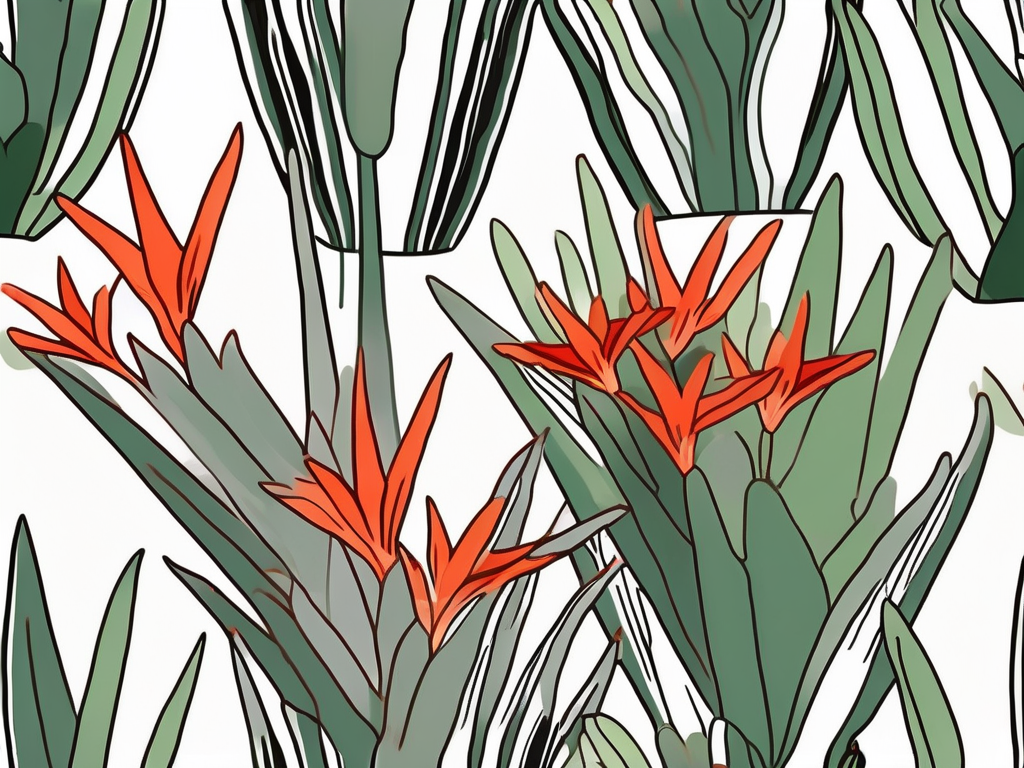
Have you ever come across a plant with a name as charming as "Partridge Breast Aloe"? This delightful houseplant, known for its distinctive pattern and ease of care, has captured the hearts of many plant lovers. But what's the story behind its name, especially the scientific one that can often sound like a tongue twister?
In this post, we'll explore the fascinating details behind the Partridge Breast Aloe's scientific name. We'll dive into its history, botanical classification, and much more. Along the way, you'll also pick up some tips on how to care for this beautiful plant and integrate it into your home decor seamlessly.
Understanding Aloe Variegata
The Partridge Breast Aloe is scientifically known as Aloe variegata. This name might sound like a mouthful at first, but it's quite fitting when you break it down. The term 'Aloe' covers a wide range of succulent plants known for their fleshy leaves and medicinal properties. Meanwhile, 'variegata' refers to the plant's striking variegated leaf pattern, which resembles the breast of a partridge—hence the common name.
When it comes to naming plants scientifically, it's not just about classification. It's also about capturing the essence of the plant. In the case of Aloe variegata, its name perfectly encapsulates its unique appearance and charm. Understanding the scientific name can give you a deeper appreciation for this plant and its place in the botanical world.
The Origins of Partridge Breast Aloe
Where did this plant come from, and how did it get such a unique name? The Partridge Breast Aloe is native to the arid regions of southern Africa. It's well-adapted to survive in harsh environments, making it a resilient choice for your home. Its distinctive leaf pattern helped it stand out among the many aloe species found in the wild.
The name 'Partridge Breast Aloe' is a nod to the intricate design on its leaves. These leaves bear white spots and stripes, mimicking the feathers of a partridge. This comparison isn't just whimsical; it's a testament to nature's artistry. As you admire your own plant, you can imagine the landscapes of Africa where these aloes thrive.
Botanical Classification and Family Connections
Understanding the family tree of the Partridge Breast Aloe can be quite enlightening. This plant belongs to the Asphodelaceae family, a group of flowering plants known for their resilience. Within this family, the genus Aloe is quite diverse, encompassing over 500 species, each with its unique traits.
The Asphodelaceae family is known for its hardy plants that can survive in tough conditions. This resilience is a key feature of the Partridge Breast Aloe, making it an ideal houseplant. Whether you're an experienced plant parent or a beginner, this plant is forgiving and can adapt to various environments, as long as you provide it with the right care.
Caring for Your Partridge Breast Aloe
Now that we've covered the basics of its scientific name and background, let's talk about caring for your Partridge Breast Aloe. This plant is quite straightforward to care for, making it an excellent choice for busy individuals or those new to plant care.
- Light: This aloe thrives in bright, indirect sunlight. It can tolerate direct sunlight for short periods but prefers a spot where it can soak up light without getting scorched.
- Water: Being a succulent, Aloe variegata doesn't need a lot of water. Allow the soil to dry out completely between watering sessions to prevent root rot.
- Soil: Use a well-draining potting mix, ideally one designed for succulents and cacti. This ensures that excess water doesn't linger around the roots.
- Temperature: It prefers warmer temperatures but can handle cooler nights. Just avoid frost, as it can damage the plant.
With these simple care tips, your Partridge Breast Aloe will thrive and continue to brighten up your space.
Incorporating Partridge Breast Aloe into Your Home Decor
Beyond its scientific allure, the Partridge Breast Aloe is a beautiful addition to your home decor. Its striking leaf pattern makes it a natural focal point in any room. Whether you're styling a minimalist space or a lush plant corner, this aloe can fit in seamlessly.
Consider placing it on a windowsill where it can catch the light and show off its unique pattern. Pair it with other succulents for a cohesive look, or let it stand alone as a statement piece. The beauty of this plant lies in its versatility, making it a perfect choice for any home.
Additionally, you might want to experiment with decorative pots. Since the plant itself is quite eye-catching, a simple pot can complement its design without overpowering it. You could even repurpose an old container for a rustic look.
Propagation: Growing Your Partridge Breast Aloe Family
Once you've got the hang of caring for your Partridge Breast Aloe, you might be interested in multiplying your collection. Propagation is a rewarding process that allows you to grow new plants from your existing one.
Here's a simple way to propagate your aloe:
- Choose a healthy leaf: Look for a mature, healthy leaf to use for propagation. Avoid any leaves that appear damaged or diseased.
- Remove the leaf: Gently twist or cut the leaf off at the base, taking care not to damage the main plant.
- Let it dry: Allow the leaf to dry out for a few days. This step is crucial as it helps to form a callus over the cut surface, reducing the risk of rot.
- Plant the leaf: Once the leaf has callused, plant it in a small pot with well-draining soil. Press it lightly into the soil, just enough to hold it upright.
- Water sparingly: Water the leaf sparingly until roots begin to form. Overwatering can cause the leaf to rot before it has a chance to grow.
With patience and care, you'll soon have a new Partridge Breast Aloe to enjoy or share with friends and family.
Common Pests and Problems
Even though the Partridge Breast Aloe is relatively low-maintenance, it's not entirely immune to pests or problems. Being aware of these potential issues can help you keep your plant healthy and thriving.
- Mealybugs: These pests can be a common nuisance for aloes. If you notice white, cottony spots, it's likely mealybugs. You can remove them with a cotton swab dipped in alcohol.
- Overwatering: This is a leading cause of problems in succulents. Ensure that your aloe's soil dries out completely between watering sessions to prevent root rot.
- Sunburn: While aloes love the sun, too much direct sunlight can cause leaf burn. If you notice brown patches, consider moving your plant to a spot with filtered light.
By keeping an eye out for these issues, you can address them promptly and keep your Partridge Breast Aloe looking its best.
Benefits of Having a Partridge Breast Aloe
Aside from its aesthetic appeal, the Partridge Breast Aloe offers several benefits that make it a great addition to any home. For starters, like many succulents, it helps to purify the air, making your living space healthier.
Moreover, its compact size makes it ideal for small spaces. Whether you live in a cozy apartment or a large house, this aloe can fit perfectly into your decor without overwhelming the space. It's also a great conversation starter with its intriguing pattern and name.
Finally, caring for houseplants like the Partridge Breast Aloe can be a therapeutic activity. Taking a few moments to tend to your plant can be a calming break from the hustle and bustle of daily life.
Final Thoughts
The Partridge Breast Aloe, with its fascinating scientific name and unique appearance, is more than just a plant. It's a conversation piece, a decor enhancer, and a low-maintenance companion that can brighten up any room. Whether you're a seasoned plant parent or just starting out, this aloe is a wonderful addition to your collection.
At Cafe Planta, we're passionate about helping you care for your plants. Whether you're looking for new additions to your collection or need advice on plant care, we're here to help. Feel free to reach out to us via email or message us on Instagram. Let's celebrate the joy that plants bring into our lives together!













